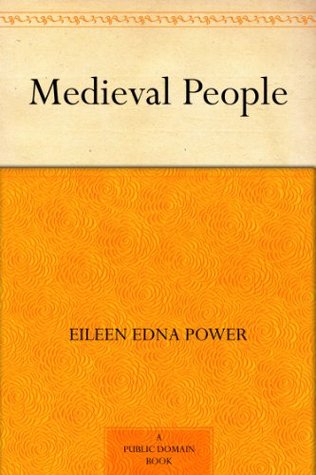More on this book
Kindle Notes & Highlights
King Chilperic,
Sedulius,
internecine
fête
Auvergne
Symmachus
patrimony
Minervius
Anastasius
Attius Tiro Delphidius,
Exuperius,
Ricimer
Porsenna,
Brennus,
castigate
Salvian
Orosius,
despoiled
Ambrose,
Euric,
Rhône;
pusillanimous
panegyric
Clovis
as Dill puts it, the barbarian might rule the land, but the laws of polite society would be administered as before.
proscription
tallage,
Chilperic
Fredegond,
King Gu...
This highlight has been truncated due to consecutive passage length restrictions.
foederati
hypocausts
Caerleon?
How could they imagine that anything so solid might conceivably disappear? Their roads grew better as their statesmanship grew worse and central...
This highlight has been truncated due to consecutive passage length restrictions.
douceur de la vie.
epigones
villeinage
We still praise famous men, for he would be a poor historian who could spare one of the great figures who have shed glory or romance upon the page of history; but we praise them with due recognition of the fact that not only great individuals, but people as a whole, unnamed and undistinguished masses of people, now sleeping in unknown graves, have also been concerned in the story. Our fathers that begat us have come to their own at last.
Irminon,
might know exactly what lands belonged to it and who lived on those lands, very much as William I drew up an estate book of his whole kingdom and called it Domesday Book. In this estate book is set down the name of every little estate
fisc
This highlight has been truncated due to consecutive passage length restrictions.
These tributary lands were divided into numbers of little farms, called manses, each occupied by one or more families.
If you had paid a visit to the chief or seigniorial manse, which the monks kept in their own hands, you would have found a little house, with three or four rooms, probably built of stone, facing an inner court, and on one side of it you would have seen a special group of houses hedged round, where the women serfs belonging to the house lived and did their work; all round you would also have seen little wooden houses, where the household serfs lived, workrooms, a kitchen, a bakehouse, barns, stables, and other farm buildings, and round the whole a hedge carefully planted with trees, so as to
...more
seigniorial
it. In return for these holdings the owner or joint owners of every manse had to do work on the land of the chief manse for about three days in the week. The steward's chief business was to see that they did their work properly, and from every one he had the right to demand two kinds of labour. The first was field work: every year each man was bound to do a fixed amount of ploughing on the domain land (as it was called later on), and also to give what was called a corvée, that is to say, an unfixed amount of ploughing, which the steward could demand every week when it was needed; the
...more
a smith would have to make lances for the abbey's contingent to the army,
Villicus,
Villaris,
Bodo
Ermentrude


